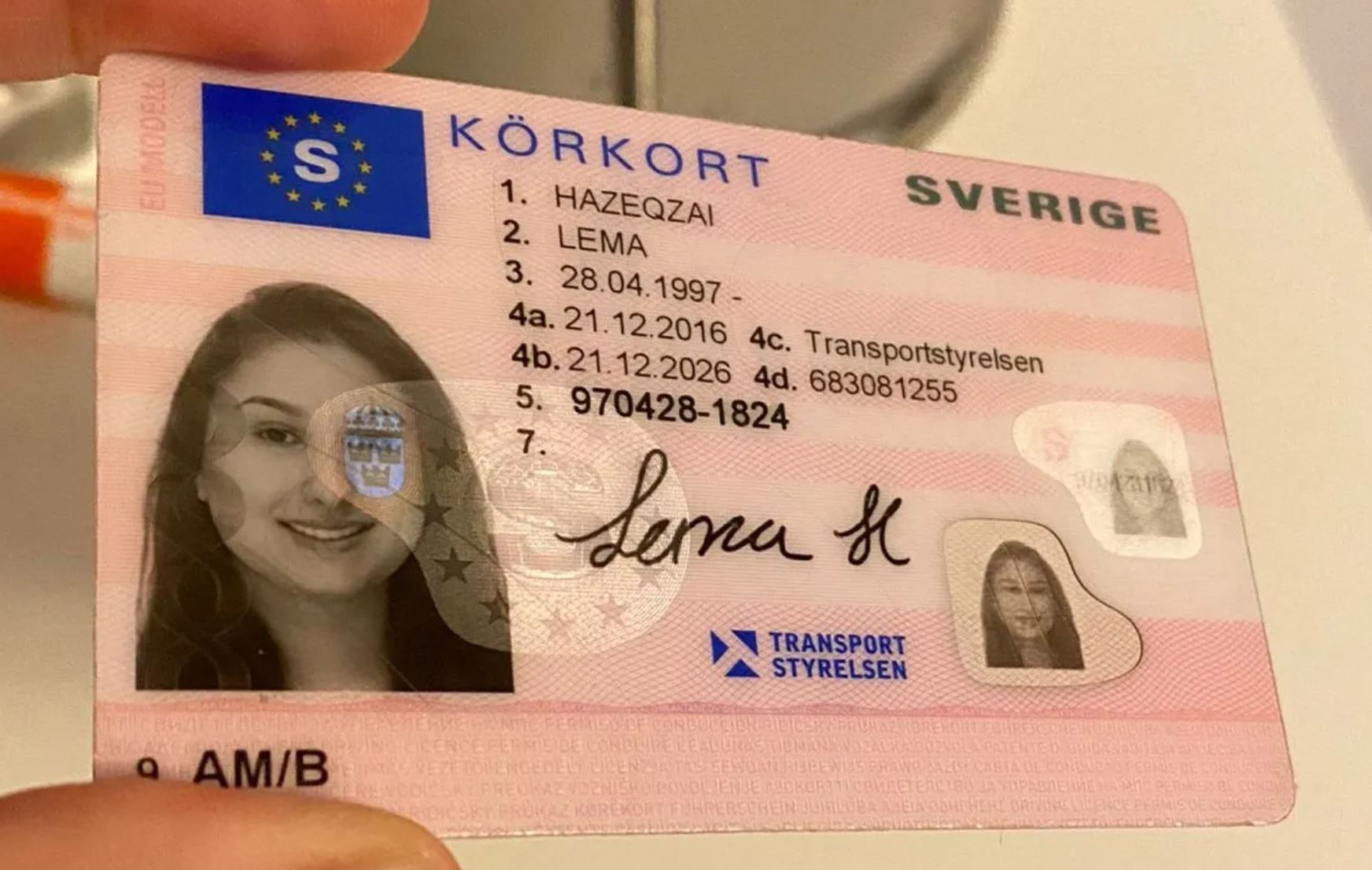Three Greatest Moments In Driving License Id-Handling 2025 History
The Future of Driving Licenses: ID Handling in 2025
As innovation continues to evolve at an unprecedented rate, numerous sectors are accepting innovations to enhance user experience and efficiency. One of the areas experiencing significant improvement is identity management, especially concerning driving licenses. With the intro of digital licenses and advanced identification techniques, the landscape of driving license ID handling is expected to undergo substantial modifications by 2025. This post explores the awaited developments in driving license ID handling, the implications for users, and answers frequently asked questions about the future of driving licenses.
The Evolution of Driving Licenses
Driving licenses have typically functioned as a way of recognizing an individual's authority to operate an automobile. They also serve multiple secondary functions, consisting of age verification and identity confirmation for banking and travel. Nevertheless, the physical card system has restrictions, including risks of counterfeiting, loss, and out-of-date details. As Körkort I Cv counts on efficient and protected identification systems, the transition toward digital licenses is becoming significantly popular.
Current Trends in Driving License ID Handling
Digital Licenses: Many states are piloting digital driving licenses that enable users to keep their credentials on their mobile phones. These digital licenses are developed with sophisticated security features, including biometric information, and can be scanned or shared firmly.
Blockchain Technology: Some jurisdictions are checking out blockchain to boost the security and credibility of driving licenses. This technology guarantees that information can not be damaged and that the data is quickly proven.
Facial Recognition: Increasingly used in recognition practices, facial recognition technology can accelerate the procedure of confirming a person's identity versus their driving license. This innovation likewise helps reduce fraud and preserve the integrity of the licensing systems.
Multi-Functional Licenses: Future driving licenses may integrate extra functions such as health records, travel documents, and even payment systems, supplying a thorough identity service.
The Benefits of Digital Driving Licenses by 2025
The shift towards digital driving licenses provides several benefits, including:
Convenience: Users can access their licenses anytime, which removes the requirement for physical cards. This is particularly helpful when individuals forget their license, as digital copies can be obtained quickly.
Security: Advanced security procedures can minimize the danger of identity theft, fraud, and unauthorized duplication. Digital licenses often consist of file encryption and biometric confirmation.
Efficiency: Reduced wait times at federal government workplaces and throughout traffic stops, as police can confirm digital licenses immediately.
Implications for Users
While the developments in driving license ID managing present various benefits, they likewise come with challenges. Users need to adjust to new technology and ensure they understand the changes and their implications. Here are some factors to consider:
Privacy Concerns: With increased digital footprints, there will be heightened concerns over data privacy and how biometric data is saved and used.
Availability Issues: Individuals without access to smartphones or digital technologies may deal with barriers to acquiring and utilizing digital licenses.
Regulatory Compliance: With different jurisdictions adopting various systems and procedures, users need to know their local laws regarding digital licenses and recognition.
Anticipated Changes in Driving License ID Handling by 2025
Element
Existing Status
Anticipated Change by 2025
License Format
Physical cards
Mainly digital licenses
Verification Process
Manual checks
Automated biometric verification
Security Measures
Basic holograms and functions
Advanced encryption and blockchain
Jurisdictional Differences
Fragmented procedures across states
More standardized nationwide systems
User Interaction
In-person renewals and checks
Mobile applications for management
Frequently asked questions
1. What is a digital driving license?A digital driving license is an electronic version of a standard driving license that is saved on a mobile phone. It can be used for recognition and confirmation in numerous situations, with improved security functions to avoid scams.
2. How will digital licenses boost security?Digital licenses make use of encryption and biometric data, making them harder to create or abuse compared to conventional cards. In addition, blockchain technology can make sure information authenticity and integrity.
3. Will everybody be required to switch to a digital license?While many jurisdictions are approaching digital licenses, regulations may vary. Users are motivated to inspect with their regional licensing authorities for particular standards.
4. What are the potential disadvantages of digital licenses?Some possible disadvantages include privacy issues concerning data storage, availability problems for individuals without smart devices or digital literacy, and the requirement for a robust regulative structure to handle security and user rights.
5. How can I prepare for the shift to digital licenses?Stay informed about regional efforts concerning digital licenses, explore readily available mobile applications for handling identification, and cultivate digital literacy to navigate brand-new technologies with confidence.
The future of driving licenses and ID handling is poised for significant advancement by 2025. As digital licenses become more prevalent, users will experience boosted security, benefit, and performance. However, along with the benefits come obstacles that will need public awareness and adjustment. Stakeholders should focus on education, guideline, and availability to make sure a smooth transition that empowers individuals with the recognition tools of the future. As innovation advances, so too will the approaches through which society manages identity, especially important in procedures as fundamental as running a motor automobile.
